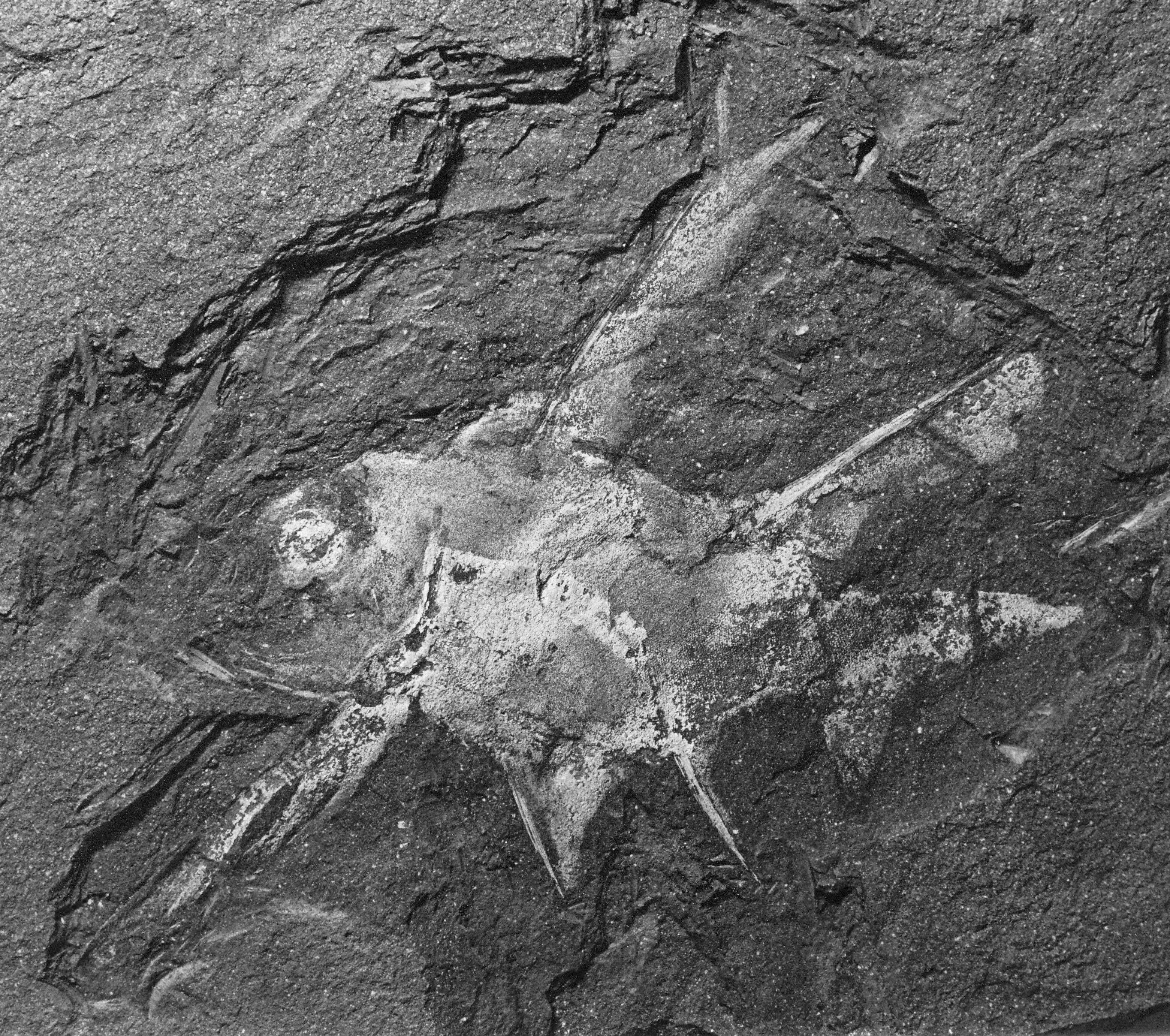A new genus and species of coelacanth has been identified from fossils found in a 360 million year-old fossil estuary near Grahamstown, in the Eastern Cape province of South Africa.

Serenichthys kowiensis holotype. Image credit: University of Witwatersrand.
Named Serenichthys kowiensis, the new speices is Africa’s earliest known coelacanth, according to paleontologists Prof. Michael Coates of the University of Chicago and Dr Robert Gess from the University of Witwatersrand in Johannesburg.
Coelacanths are believed to have arisen during the Devonian period (420 million years ago), however only five species of Devonian coelacanths have previously been described. None of these came from Africa, but rather from North America, Europe, China and Australia.
/arc-anglerfish-arc2-prod-dmn.s3.amazonaws.com/public/SA3BB434TMGX72PVS6TAXLNH6I.jpg)
Serenichthys kowiensis gives important additional information on the early evolution of coelacanths.
“According to our evolutionary analysis, it is the Devonian species that most closely resembles the line leading to modern coelacanths,” said Gess, first author of a paper published online in the Zoological Journal of the Linnean Society of London.

Several specimens of Serenichthys kowiensis were collected from the Late Devonian Waterloo Farm locality.
Around 360 million years ago, Africa was part of the southern supercontinent Gondwana, made up of Africa, India, Australia, Antarctica and South America. At that time, the rocks of Waterloo Farm were forming along the shores of the semi-enclosed Agulhas Sea, not far from the South Pole.

Reconstruction of Serenichthys kowiensis. Scale bar – 5 mm. Image credit: University of Witwatersrand / Sci-News.com.
“Remarkably, all of the delicate whole fish impressions represent juveniles,” Dr Gess said.
“This suggests that Serenichthys kowiensis was using a shallow, waterweed-filled embayment of the estuary as a nursery, as many fish do today.”

He added: “this earliest known record of a coelacanth nursery foreshadows a much younger counterpart, known from the 300 million year old Mazon Creek beds of Illinois in the U.S.”
“This glimpse into the early life history of ancient coelacanths raises further questions about the life history of the modern coelacanth, Latimeria chalumnae, which is known to bear live young, but whether they, too, are clustered in nurseries remains unknown,” Prof. Coates said.
Source: sci.news








